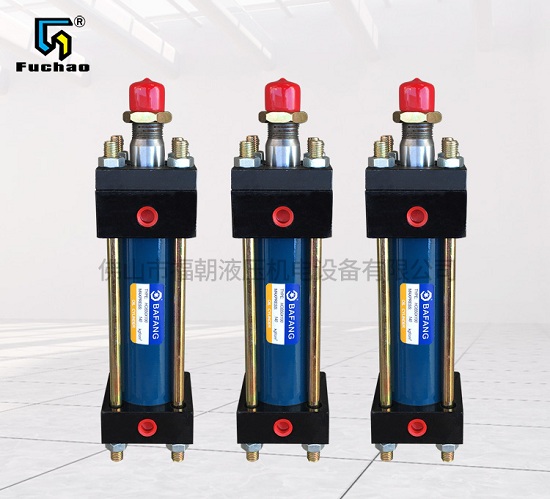Hydraulic cylinder The structure of is mainly as follows:
1. Cylinder barrel:
Cylinder barrel is Hydraulic cylinder It forms a closed cavity with cylinder head, piston and other components to promote piston movement.
2. Cylinder head:
The cylinder head is installed at both ends of the hydraulic cylinder to form a tight oil cavity with the cylinder barrel.
3. Piston rod:
When the oil cylinder is working, the piston rod is subject to thrust, tension or bending moment.
Moreover, the piston rod often slides in the guide sleeve, so its surface roughness, straightness and roundness should be appropriate.

4. Piston:
The piston is the main component that converts hydraulic energy into mechanical energy, and its effective working area directly affects the force and motion speed of the hydraulic cylinder.
5. Guide sleeve:
The guide sleeve guides and supports the piston rod.
The guide sleeve is equipped with a sealing device to ensure that the cylinder barrel and the rod cavity are sealed. The outer side is equipped with a dust ring to prevent impurities, dust and moisture from entering the sealing device and damaging the seal.
6. Buffer device:
When the piston and piston rod are driven by hydraulic pressure, they have great momentum.
When they enter the end cover and the bottom of the cylinder, they will cause mechanical collision, resulting in great impact pressure and noise.
The buffer device is used to avoid such collision.
Its working principle is to throttle the oil (all or part) in the low-pressure chamber of the cylinder barrel to convert kinetic energy into heat energy, which is carried out of the hydraulic cylinder by the circulating oil.



